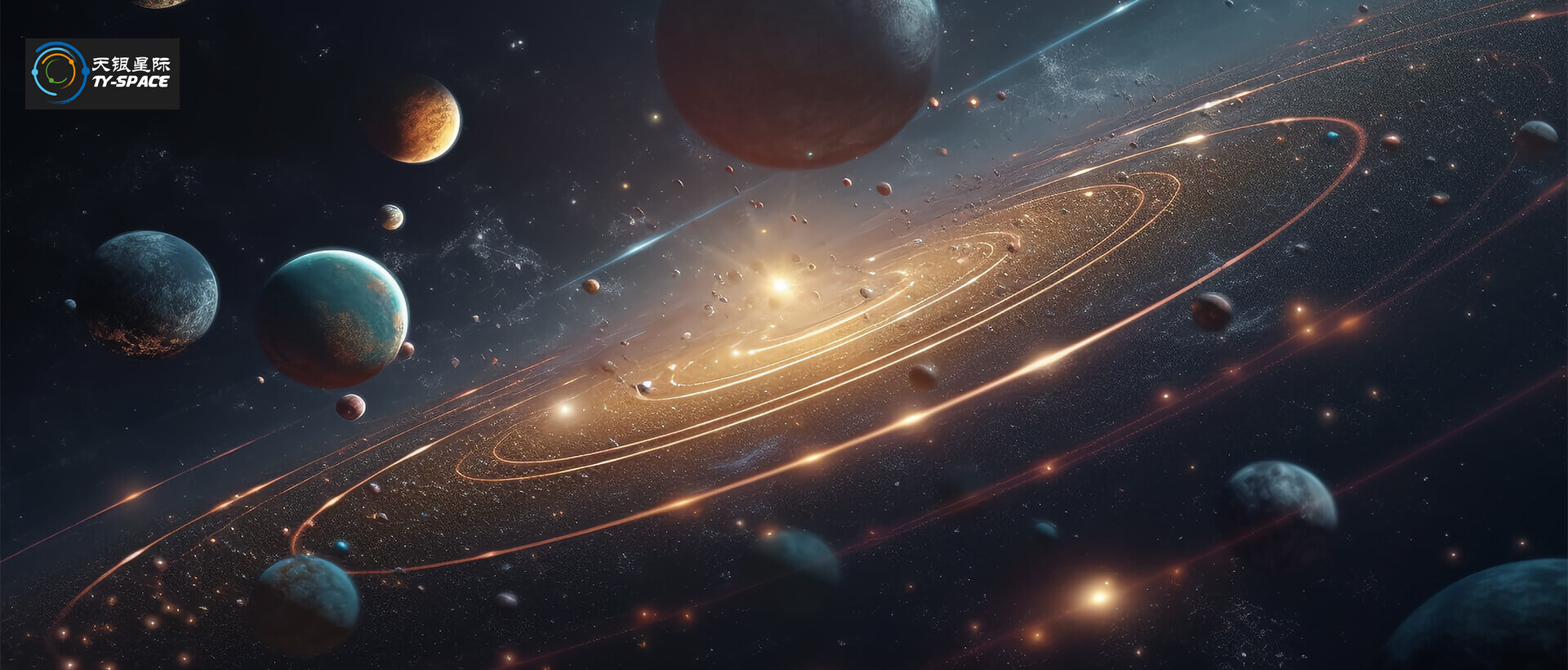
star sensors is the key instrument for high accurate satellite attitude measurement and flight control. Aiming at the special requirements of low star magnitude of threshold and large field of view, a star sensor optical system is designed, whose focal length is 55 mm, relative aperture is 1.1 and field of view is 17°×17°. Optical passivity athermalization design is achieved through temperature property matching and optimization of optical glass material and mechanical structure material based on athermal glass map method. The stray light suppression design of two-stage shield and baffles are completed. The simulation analysis and calculation of the ghost distribution of imaging ray in view field and the stray light out of view field are completed with no-sequence ray tracing method. The results show that the RMS of the dispersion spot radius for each view field of the star sensor optical system is less than 4.5 μm, the encircled energy within 2×2 pixels is larger or equal than 96%, the optical MTF in the field of view is larger than 0.6 at cut-off frequency in the large temperature difference from-35℃ to 45℃ and the distortion is better than 0.05%. The point source transmission ratio of stray light out of 45° avoided angle reaches 10 -8 . The radius of every order ghost spot at image plane is greater than 0.8 mm. The optical imaging quality and stray light suppression of the star sensor can meet the requirements of high accurate attitude measurement.
For star detection and imaging needs such as large field of view, low threshold detection of star magnitude, large relative aperture, and high clutter suppression ratio, a star sensor optical system design with a focal length of 55 mm, relative aperture of 1/1.1, field of view angle of 17 °, distortion better than 0.05%, and 7 Mv detection of star magnitude has been completed. The root mean square radius of diffuse speckle imaging in each field of view is less than 4.5 μ m. At 2 × The energy concentration within 2 pixels reaches over 90%. By matching and optimizing the temperature characteristics of optical glass materials and mechanical structural materials, the passive thermal design of the optical system has been achieved. The MTF of each field of view is greater than 0.6 at the cutoff frequency under a large temperature difference of -35 ℃ to 45 ℃. By optimizing the design of the secondary hood to eliminate stray light structure, at least two Lambert scattering attenuations of stray light outside the 45 ° avoidance angle can be achieved, with a PST of 10 ^ -8 magnitude. By simulating and analyzing high-order ghost images outside the axis through non sequential ray tracing, it was found that the radii of ghost image light spots at the image plane were all greater than 0.8 mm, meeting the requirements for ghost image suppression. The focal length, distortion, and intercept of the star sensor optical system after processing and adjustment meet the design requirements, and have good imaging quality, meeting the requirements of high-precision satellite attitude measurement.
Send us a message,we will answer your email shortly!